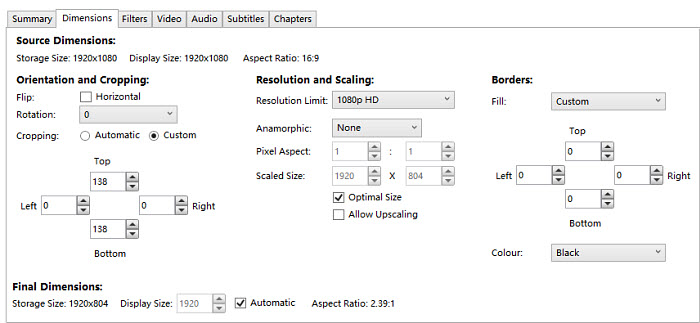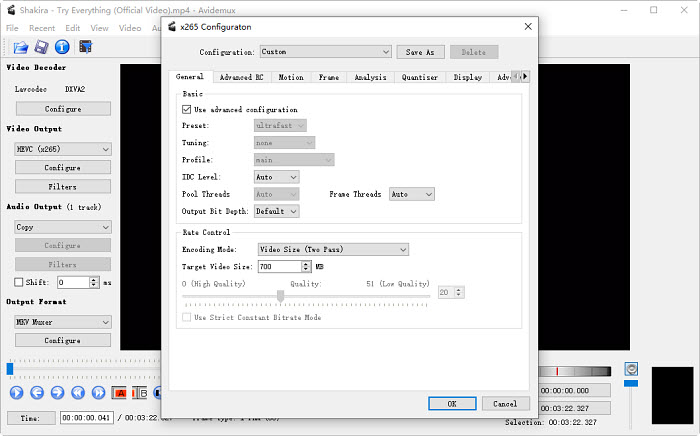
- #Avi file size reducer how to
- #Avi file size reducer 720p
- #Avi file size reducer mp4
- #Avi file size reducer software
#Avi file size reducer how to
Hopefully these tips will help you reduce the file size of your video.Free AVI Compressor | How to Compress AVI files without Losing Quality Know that higher frame rates will cause slightly larger videos. Takeaway: Use the frame rate that is right for your project. A higher frame rate will often times create a larger file size when you export. While the default, 30 fps, is standard for video, if you’re looking to get more cinematic you can lower it to 24 fps. Are you aiming for a video look, or a cinematic look? The custom production settings in Camtasia allow for between 1 and 30 frames per second (fps). Which is better? That’s a subjective question and depends on your intended audience. Home videos and camcorders typically default to 30 fps. The short answer is that frame rate indicates how many frames (think: pictures) are shown per second to the viewer. What is frame rate? Glad you asked! For an in-depth description, take a look at the beginners guide to frame rate. It’s rare to need uncompressed audio in most projects.
#Avi file size reducer mp4
Default outputs for Camtasia and Snagit MP4 format uses AAC audio compression which has a good combination of sound quality and file size. After you’re done editing your video, make sure to export with compressed audio. In addition, it is very rare that uncompressed audio is going to make an audible difference to your viewers.
#Avi file size reducer software
Sometimes audio can create larger file sizes, though most of the time recording devices and software will compress your audio so as not to create large file sizes. Takeaway: Adding lots of movement and transitions will cause your file to be larger. Using the MP4 video format will also help mitigate some of the file size issues associated with movement, as MP4 is highly efficient in this regard. For example, recording a fairly static presentation of slides (less action) will yield a smaller file size than recording some on-screen live video (more action). If you have a lot of transitions (wipes, blurs, animations) along with fast-paced imagery, your file will be larger.
#Avi file size reducer 720p
Exporting at 720p or 1080p will work for most people. Takeaway: Export at a suitable resolution for your project. In Camtasia, you can change the project settings to produce your video at your desired resolution. This way you can scale the video down, but still focus the viewer’s attention on a specific portion of the screen.

High density displays have millions of pixels and thousands of horizontal lines even more information! Don’t record your entire screen unless it’s really necessary, or consider using zoom and pan actions while editing your video. Some screen recordings taken on high density displays can even produce videos at or above 3840 pixels × 2160 (4k). A 1080p video has more horizontal lines (more information), thus making the video file size larger. As you can imagine a video that is 1920 x 1080 (1080p) will have a larger file size than a video that is 1280 x 720 (720p). Larger resolution videos will dramatically increase file size. Resolution is defined by the number of horizontal lines the video has from top to bottom. The resolution of a video determines the size in height and width that the video will be created in. Takeaway: Use the MP4 file type to keep quality and reduce file size.

AVI (Audio Video Interleave – Microsoft)Īnd many more! You can learn all about the different video file types listed above by reading this article. To help you not worry too much about file size, we’ve created Camtasia and Snagit video outputs to default to the MP4 file type, and will recommend MP4 in the majority of cases for online sharing. Because of this, MP4 is very popular for web-based delivery including YouTube, Facebook, Twitter and Instagram. This codec produces an MP4, which typically delivers the best quality, with smallest file size. Learn more about codecs here. You may have heard of the h.264 codec (you may not have, but hang in there). Codecs encode or compress streams of data for storage, playback and video editing on a variety of platforms. To help you understand video codecs and containers we wrote an in depth post about the differences of video files types. There are many different video formats you could export your finished video into. **If you’re new to these concepts, please don’t stop reading just because we use a lot of jargon, we will try to explain each, and by following the associated links, you may also better comprehend each one.** Below we’ve put together some helpful information to get you started on your file reduction journey! Video Format and File Type It can be hard to know where to start when trying to reduce file size. You may want to reduce file size to more easily send to your co-workers, or complete your upload to YouTube quicker.

Video file size can be tricky and the concept of reducing video file size has many technical variables associated with it.


 0 kommentar(er)
0 kommentar(er)
